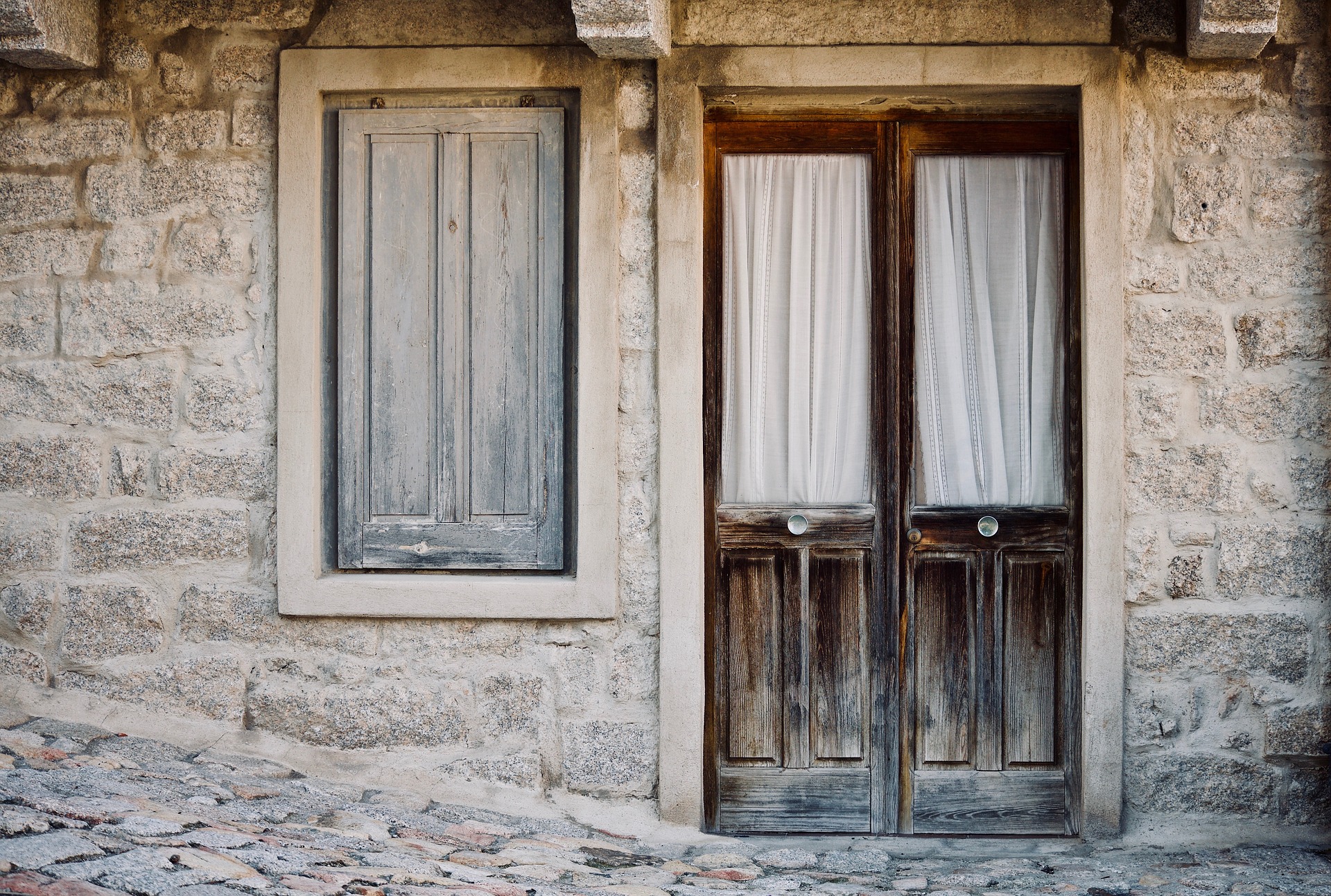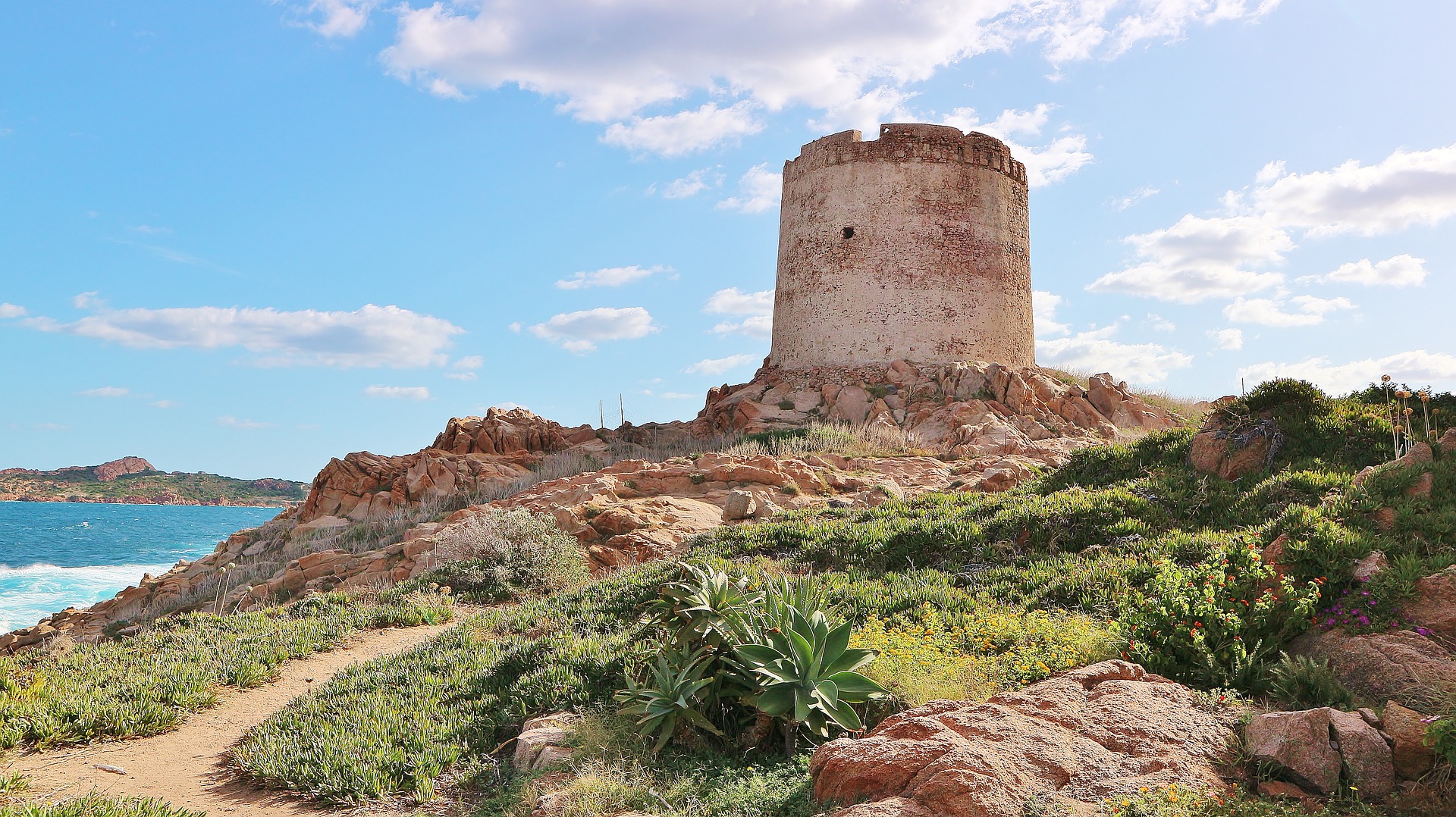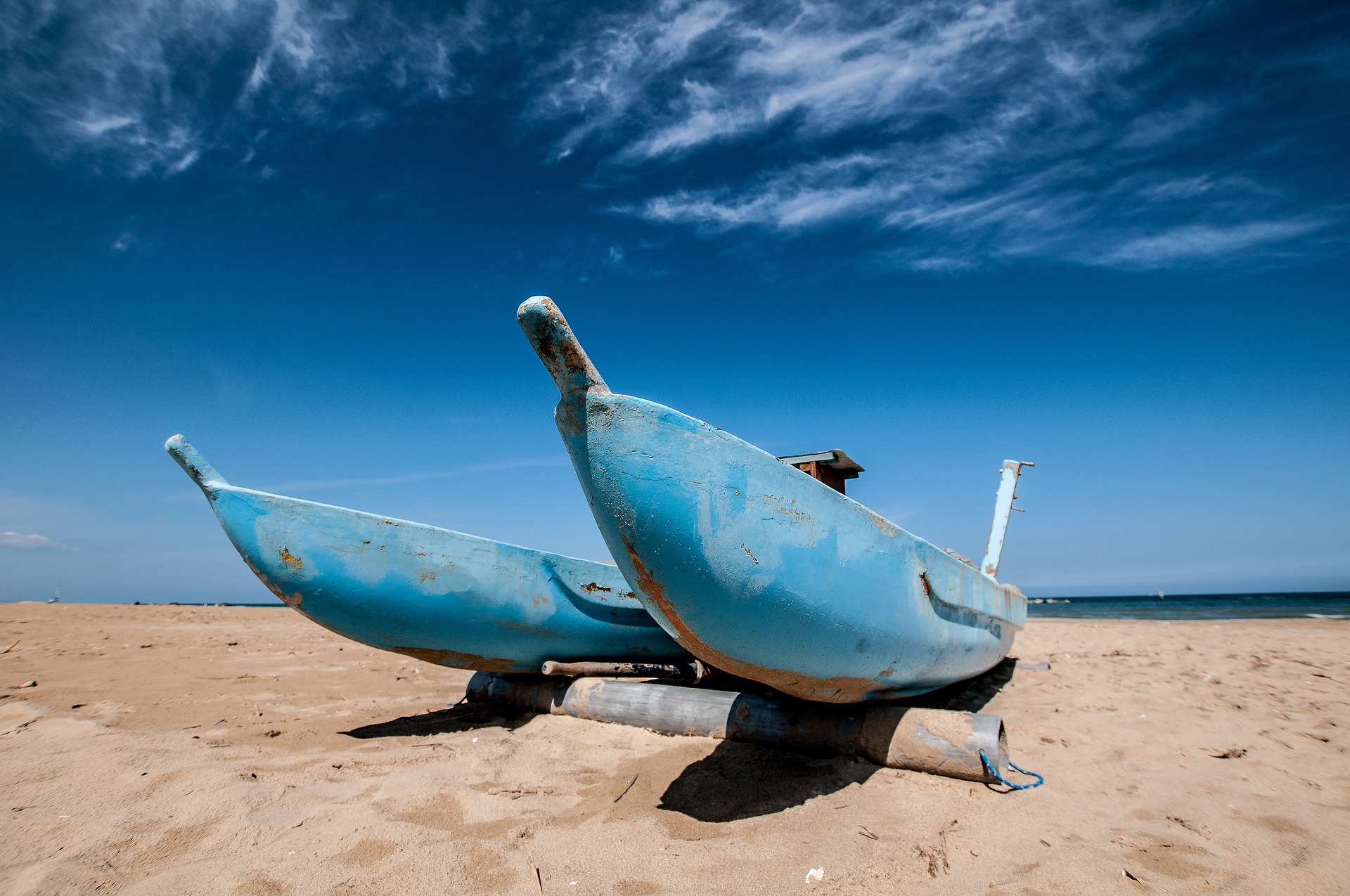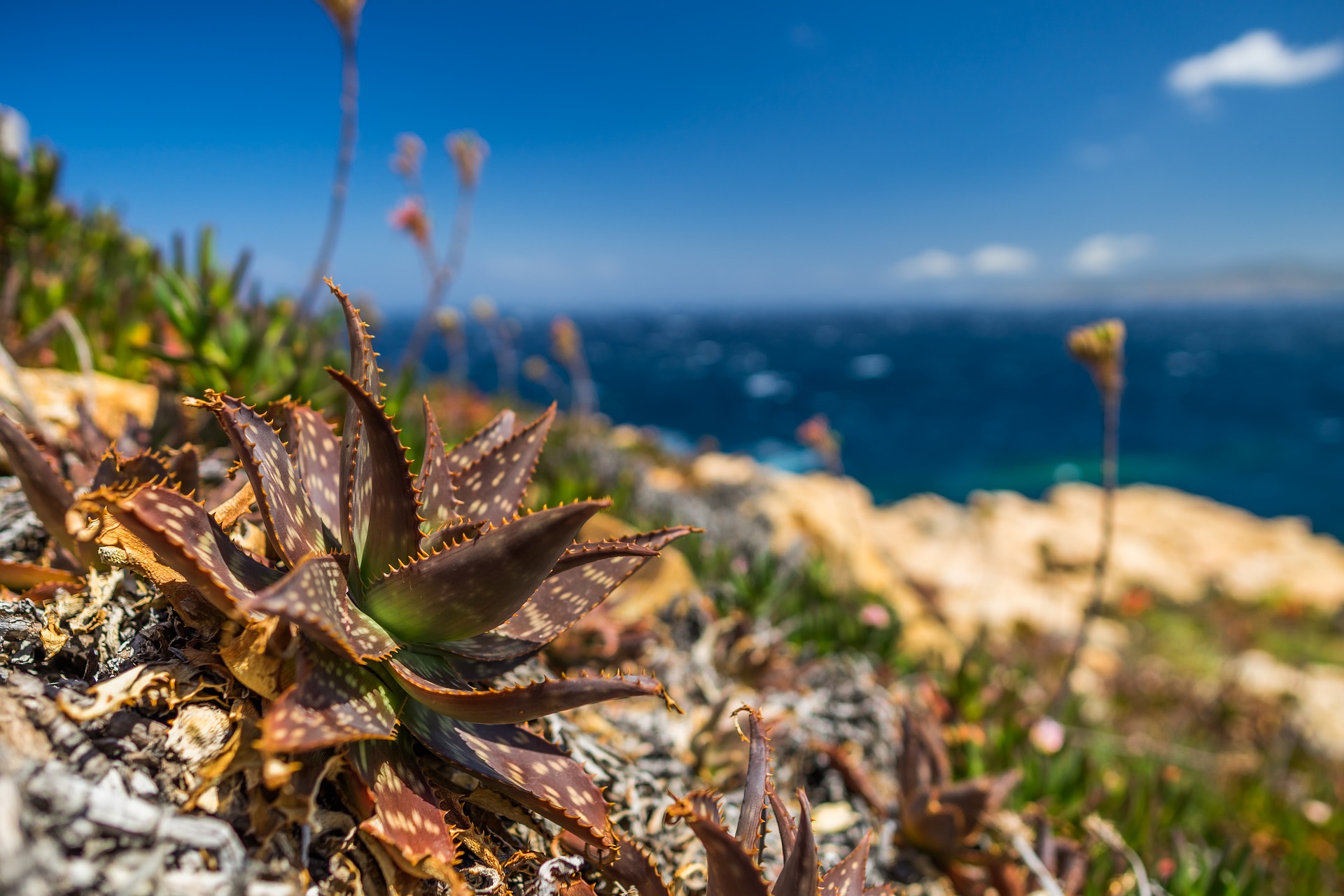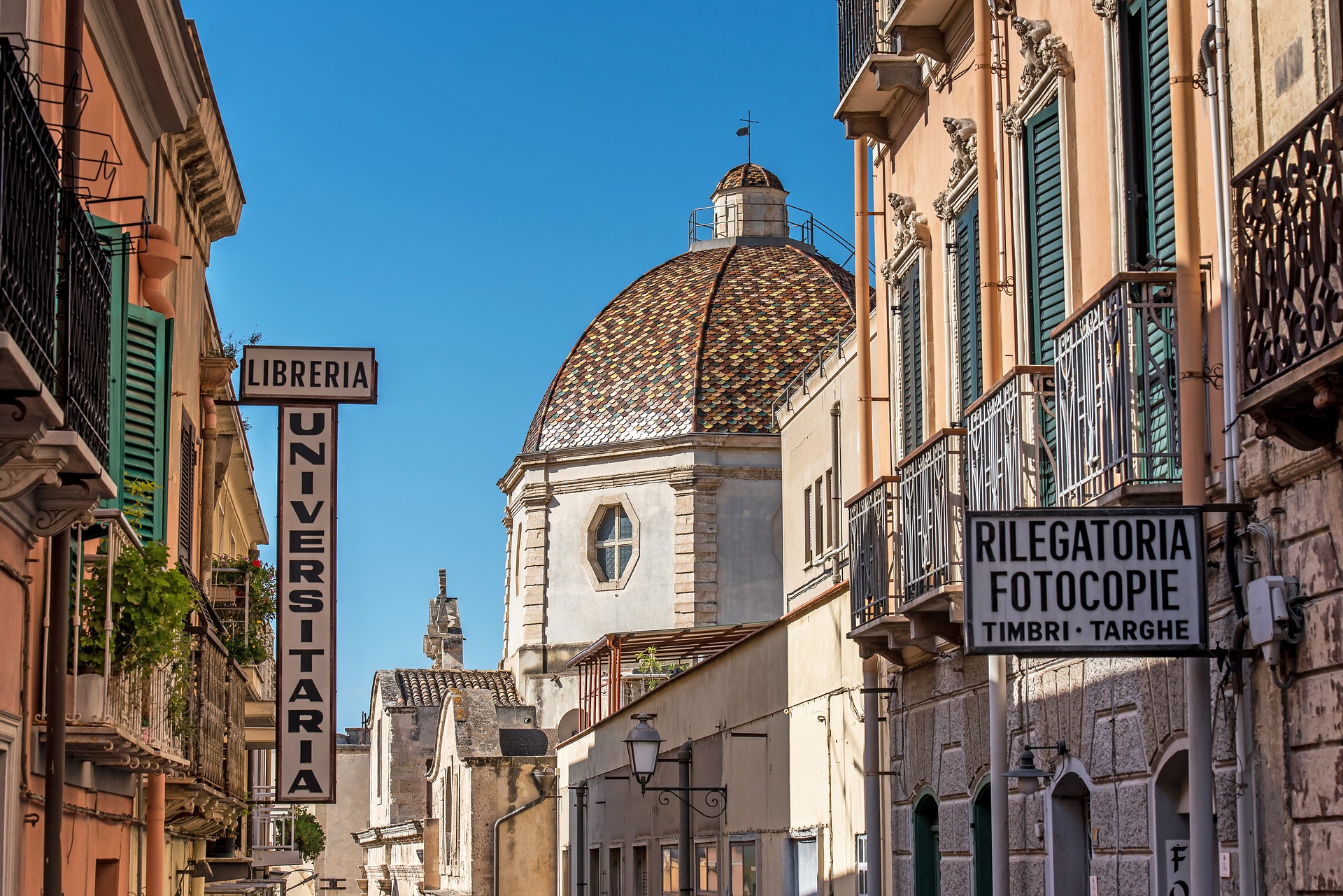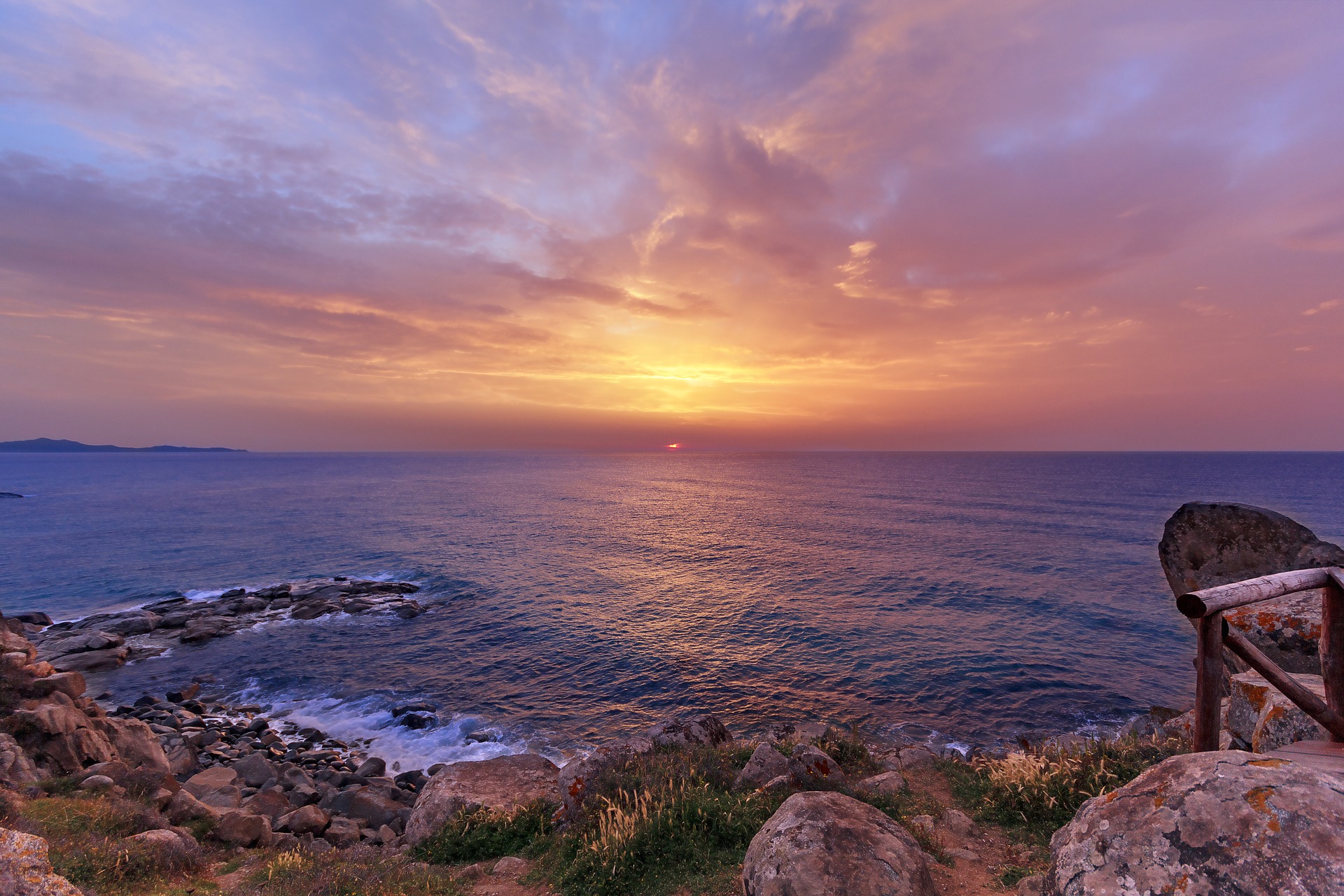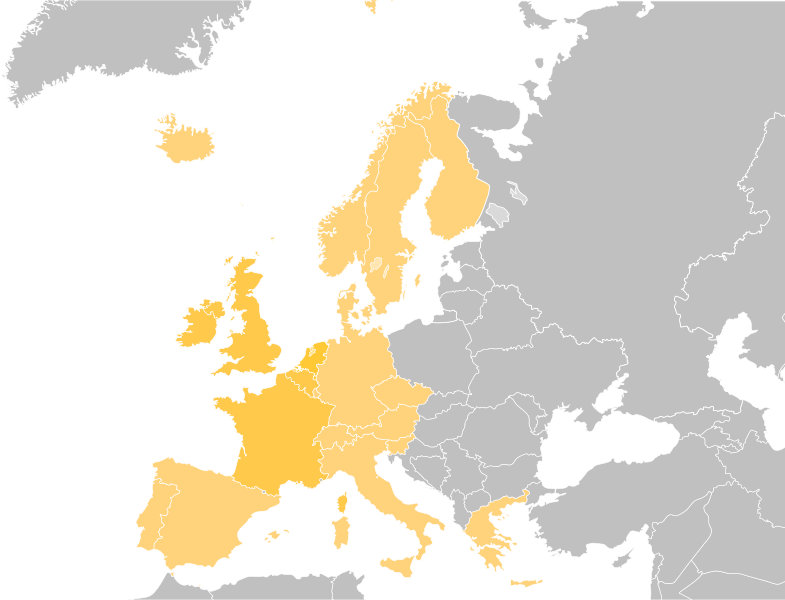Sardinia
Sardinia is home to ancient cultures. Sardinia’s geographical position in the centre of the Mediterranean means that over the centuries many different cultures have confronted each other here. Today Sardinia is the ideal location for people who are looking for a feel of the past and immense natural spaces. Sardinia is characterized by its green hills, forests, steep mountains, interesting mining areas, untouched coasts and some of the world’s most beautiful beaches.
IT IS THE PERFECT DESTINATION FOR THOSE WHO WANT TO REDISCOVER AUTHENTIC HISTORICAL CENTRES AND LOCAL USAGES, CUSTOMS, HANDICRAFTS AND TRADITIONS.
The reason for a journey here can be summarized in a single expression, used by famed writers and travellers during the 1800’s: Sardinia is “a small continent”, unique in many ways and for those who discover it for the first time it’s like “a return to childhood”.
THE SEA
The beautiful coastal scenery makes Sardinia’s sea one of the most famous worldwide. Sardinia’s main attractions are the Caribbean like crystal waters and sandy beaches set against the high cliffs. While for many years the sea meant isolation, during others it favoured cultural exchanges and encounters which have made this island different from the rest of Italy. Sardinians have always managed to keep hold of their own culture and traditions maintaining a strong sense of identity during these years of globalisation. It is for this reason that travelling in Sardinia satisfies even the most exigent traveller in search of diversity and ancient traditions.
THE INLAND AREA
The inland area of Sardinia is untouched and rough. It offers different types of scenery like alternating chains of high plateaus and deep valleys, mountain peaks and great plains where animals graze freely, especially the typical sheep. Man is a rare sight in these immense spaces, in fact travellers are often surprised by the low density of population here. Within this splendid geographical context Sardinia offers an archaeological, artistic and architectural patrimony beyond comparison which embraces a long period of time.
AN OPEN AIR MUSEUM
There are traces of the presence of man here since prehistory. Within the rocky banks there are hundreds of Neolithic tombs, the “Domus de Janas” (fairy houses), a Sardinian expression connected to the veneration of the dead. Inland there are thousands of unique megalithic towers, known as Nuraghi, which have characterised the Sardinian scenery for the last 3500 years. These Nuraghi are the confirmation of a unique culture in the Mediterranean and are today part of the World’s cultural heritage. The Phoenician and Punic navigators founded the first cities which were then taken over by the Romans. These ruins are still present along the island’s coasts. There are also splendid Romanesque churches, castle ruins and tower ruins from the medieval period which reveal how it was an era of great developments.
GEOLOGY
Sardinia is an ancient land, one of the first areas to have risen out of the sea. For geology researches and enthusiasts it is a real delight thanks to the great variety of rocks from all eras. The grey schist offers moon-like sceneries and it’s rocks take us back to the Palaeozoic era. The chains of granite mountains, with their jagged profile and astounding shapes, are between 600 and 400 million years old. In an unhurried visit you will see basaltic plains interrupted by immense valleys and powerful limestone plates that form the entrance to numerous grottos, underwater rivers and deep canyons. The subsurface is so rich in precious minerals that this has favoured the exploitation of important metal mines since long ago.
FLORA AND FAUNA
Sardinia’s environment is characterized by its bio-diversity. Its isolation has favoured the evolution of unique animals and plants. For example, coloured wild orchids, rare peonies, perfumed Mediterranean bushes and primary green forests inhabited by moufflons, deers and wild boars. These animals are unique because they are smaller compared to mainland European species. The permanent and migrant bird life is very diverse. It is possible to see the black-winged stilt and the purple swamphen in the brackish water ponds, important damp areas protected by a European convention. But the prince of stilts is the pink flamingo who has regularly nested in Sardinia since 1990.
TRADITIONS
The agro-pastoral culture and the influences of the different people present during the course of the centuries have given rise to the traditions of this island which are today reflected in the daily usages and customs and the popular festivals. The festivals mark the stages of the yearly production cycle. In fact, originally, they took place in order to encourage a good year or to thank the Saints. This profound and ancient religiousness is visible today during the evocative Holy Week (“Settimana Santa”) processions. The awakening of nature is celebrated each year during the carnival rituals with their archaic atmosphere. The colourful traditional costumes on show during the wonderful processions reflect the artistic spirit of the Sardinian people. The immense variety of costumes present gives travellers the impression of observing an international fashion parade.
